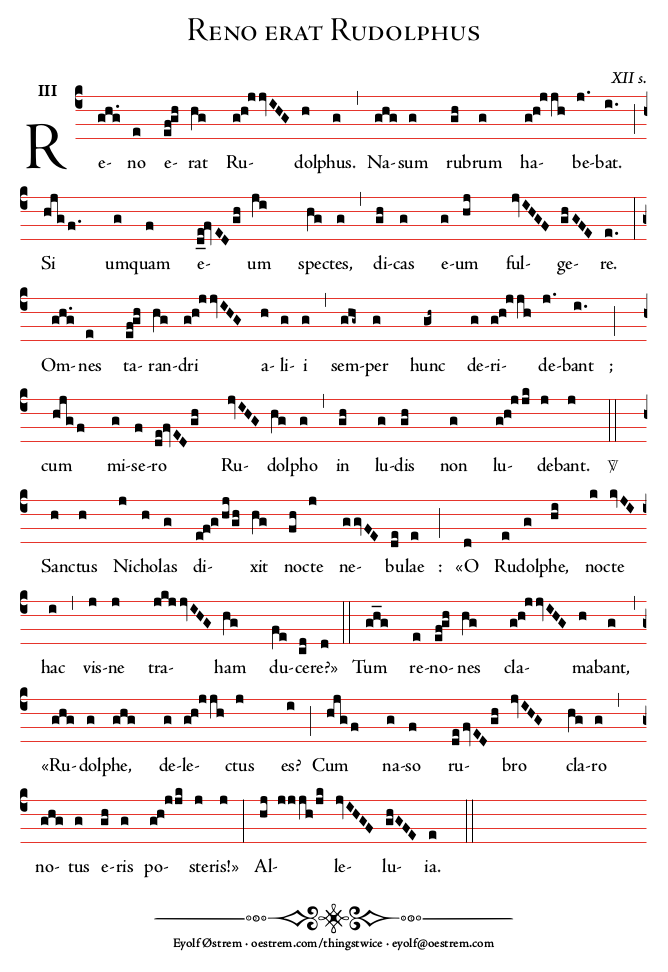Here’s a Christmas song that I wrote 800 years ago:
(use this link if the fancy media bar above doesn’t work, or if you want to download an mp3)
Here’s a more elaborate explanation of what is going on in the song.
And here’s the sheet music to go with it, in a slightly modernized version (and with some changes in the lyrics in relation to the recorded version):
Ten points – or more! – and eternal Christmas cheer, to you if you get the joke.


Leave a Reply